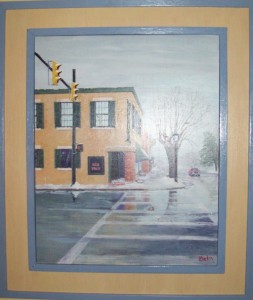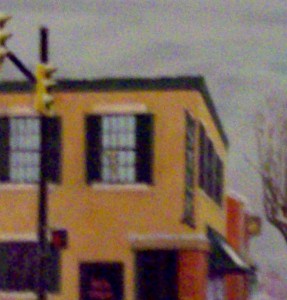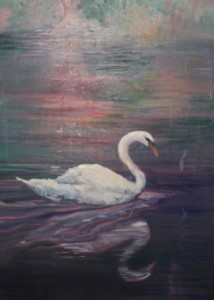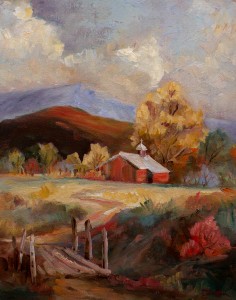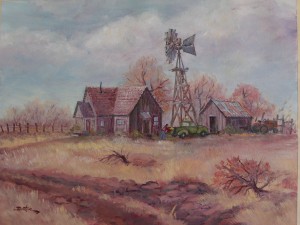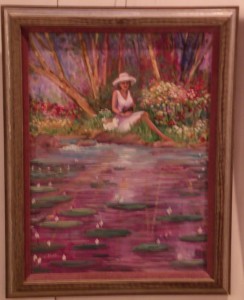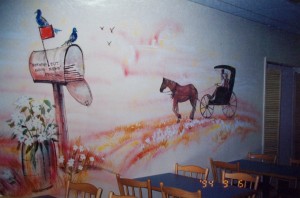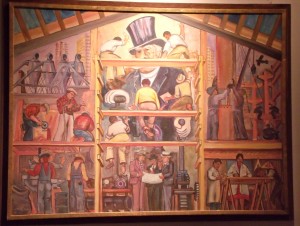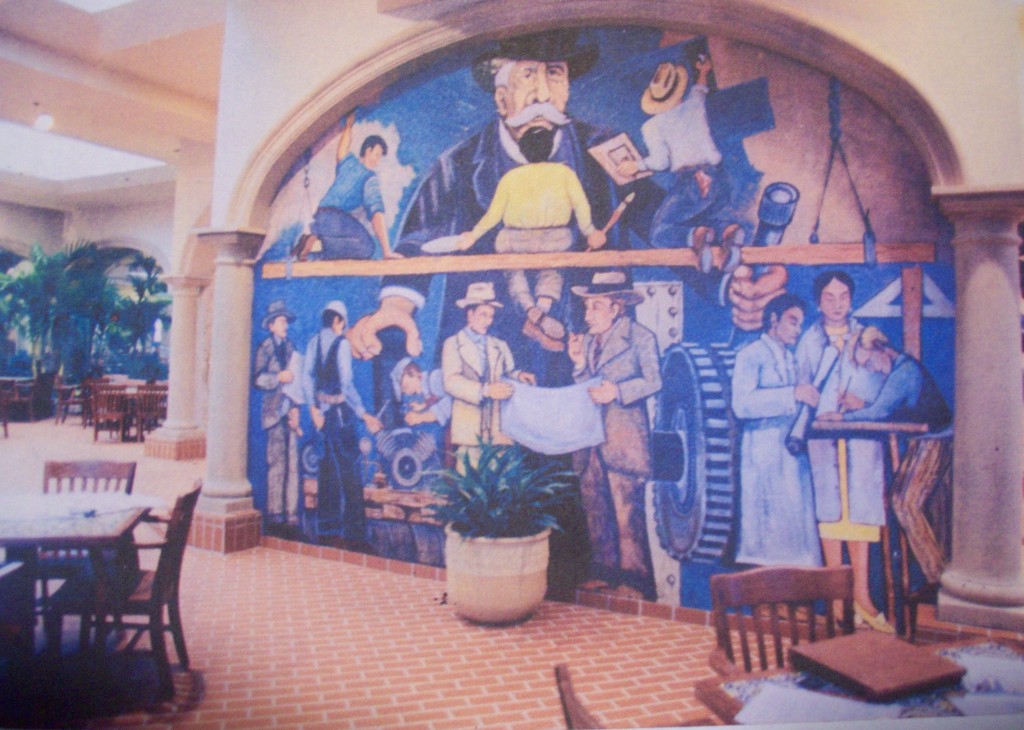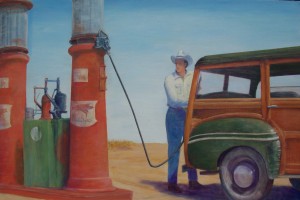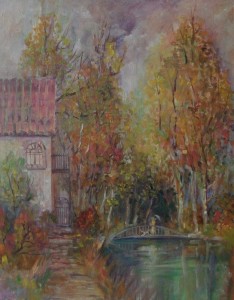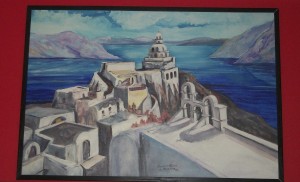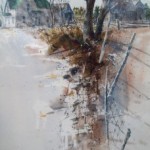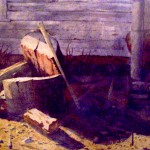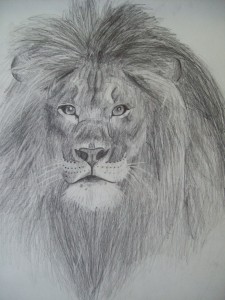
Does your artistic voice constantly nag at you? Do you struggle with your composition as you attempt to make a statement that seems to remain somewhere in front of you and elusive? It often happens to me as I constantly challenge myself to express my artistic voice. Fear not! This is what keeps us growing a artists.
Remember, finding your artistic “voice” is not about finding a certain style you prefer. In time, your style will take care of itself. To find your voice, you need to build your craft with a solid foundation of bricks and mortar, the “bricks” being sound structure, and the “mortar” being sound skills. And, of course, don’t forget about the importance of composition, which is the intimate interconnection that blends all of the parts into an energetic whole.
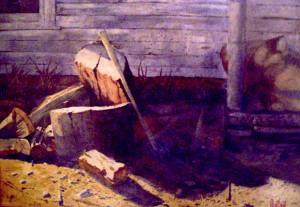
TIP: Try finding something that fascinates you. Study the colors and shapes that can work within various compositions that can be painted over and over. Work it and rework it using different styles and techniques; keep it simple; make it complicated; make it realistic; make it abstract. Experiment! You may discover the real you and be very pleased.
As time goes by, we grow. As we grow, our artistic “voice” will change. As it changes, it usually changes for the better. This is because we’re chasing the elusive statement we wish to make. This is something with which all serious artist wrestle. Regrettably, experience doesn’t make it easier.
In conclusion, most serious artists wish to be known for the work they do. They do not wish to be remembered as a copier of other works, styles, and techniques popular at the time. They wish to paint giving expression to their inspiration. They do not want their work to be remembered so much because it is so “this” or “that,” but that it has the true strength of their vision.
Be sure to join our newsletter. You may be the winner of our art book give away featuring SPLASH 14. (See upper right.)
Feel free to leave a comment (no spam please).
